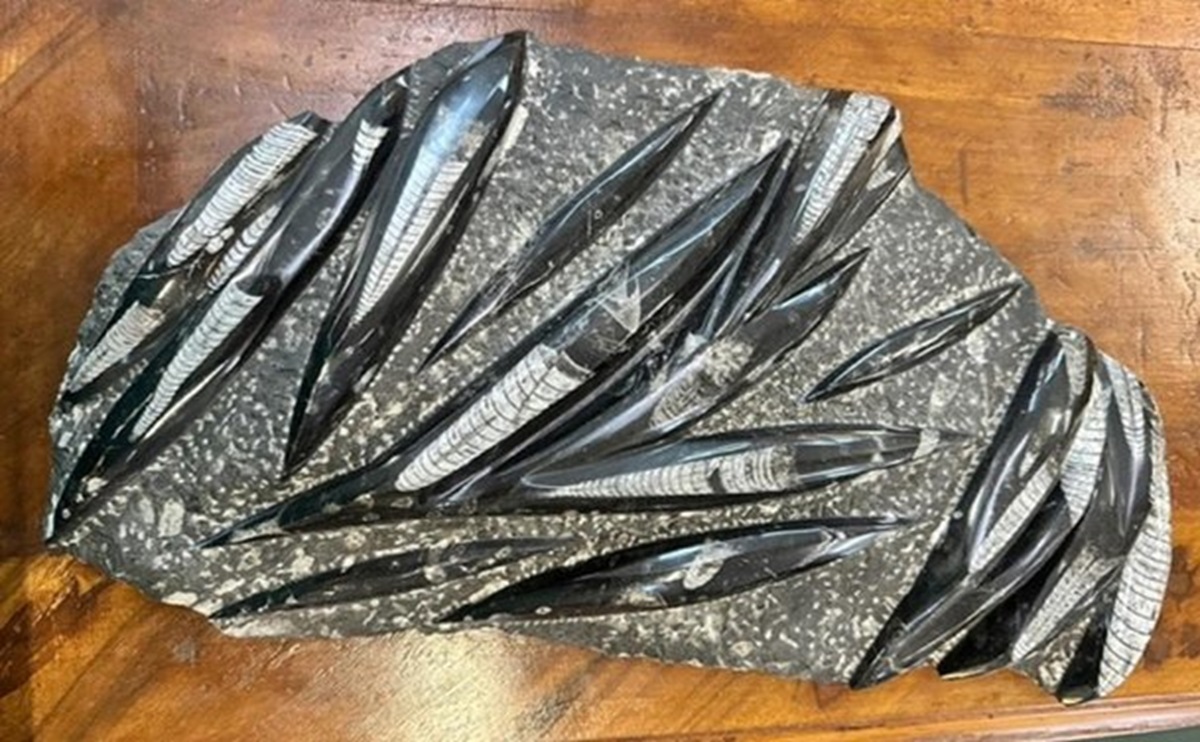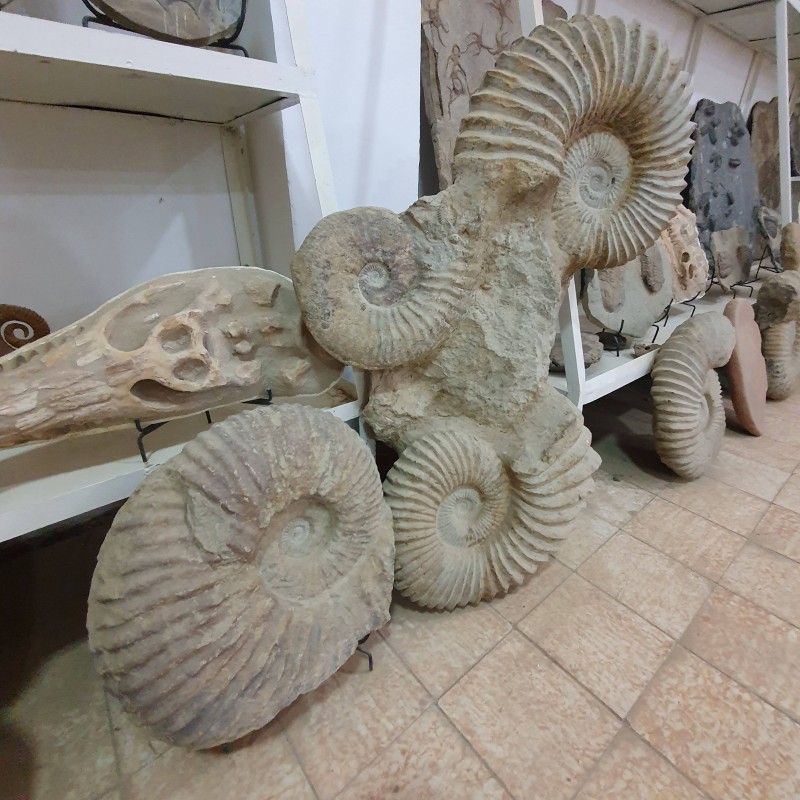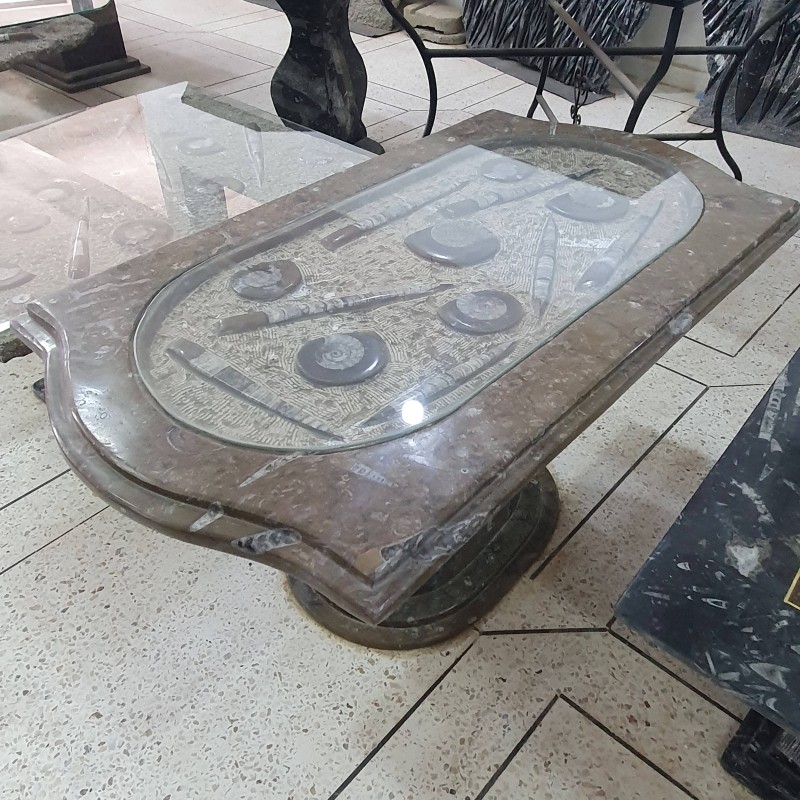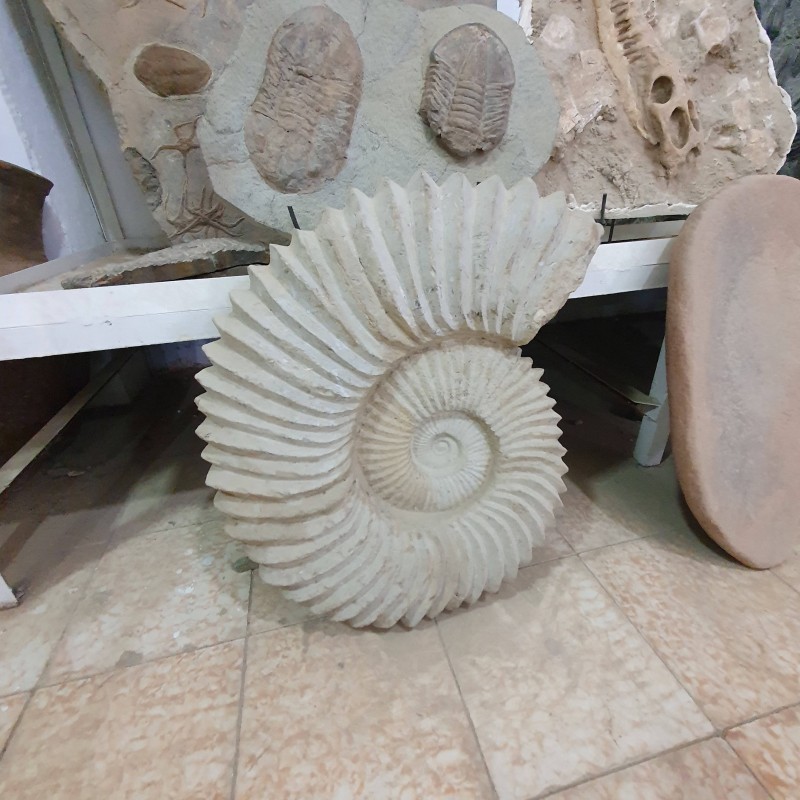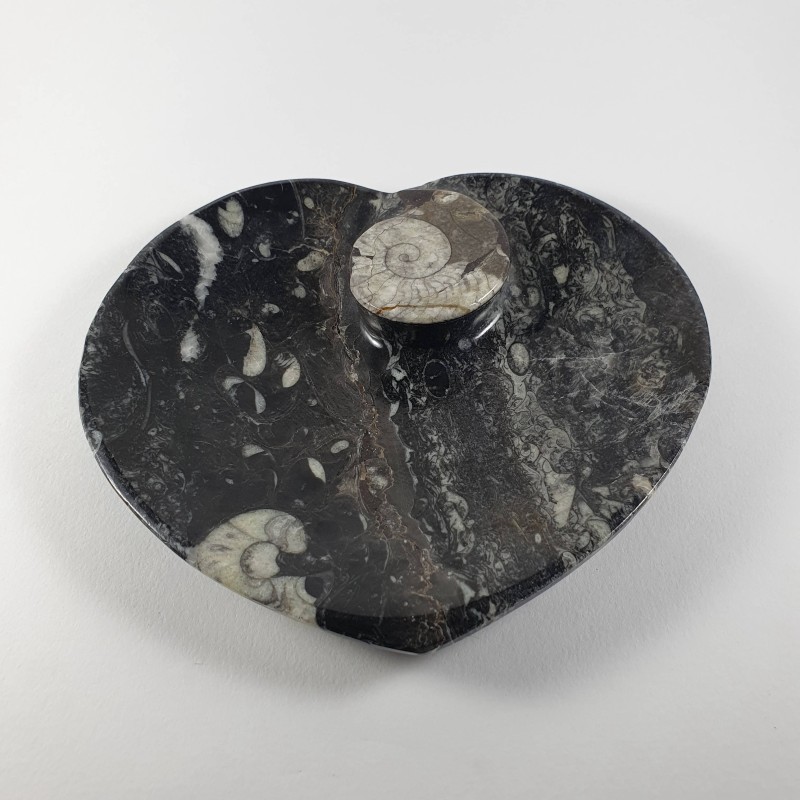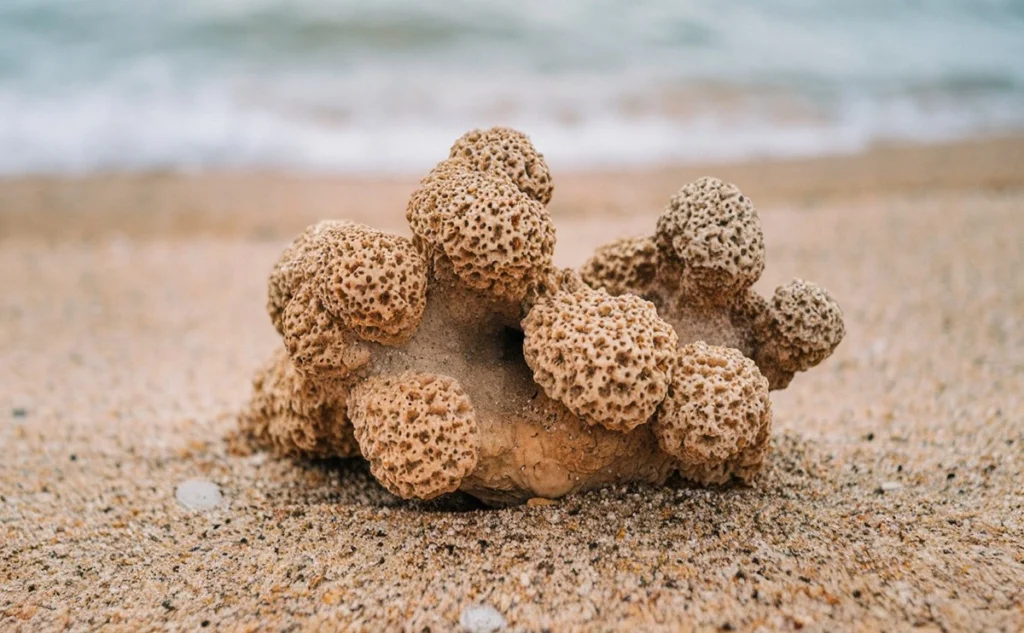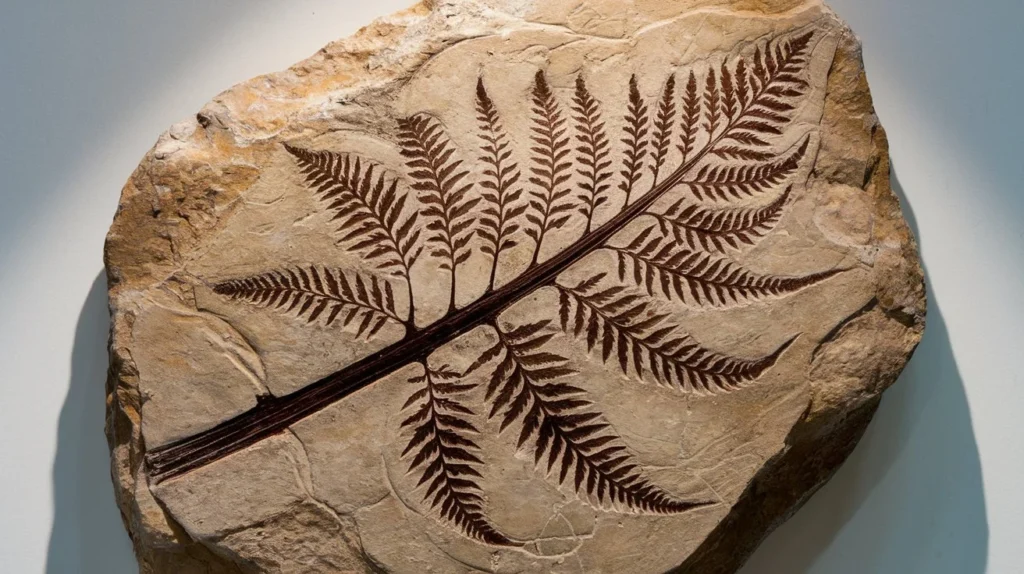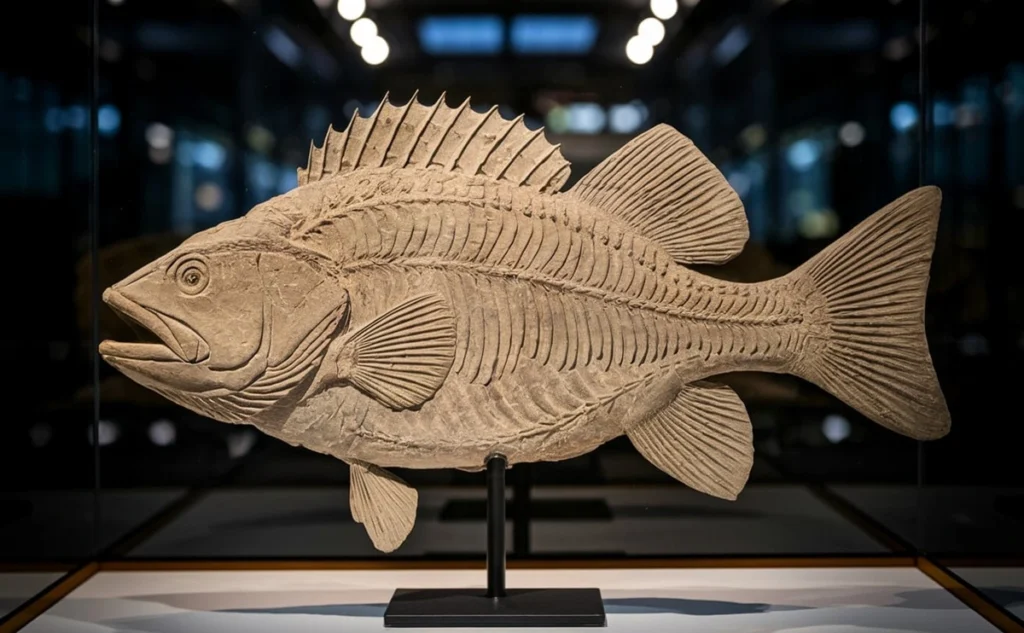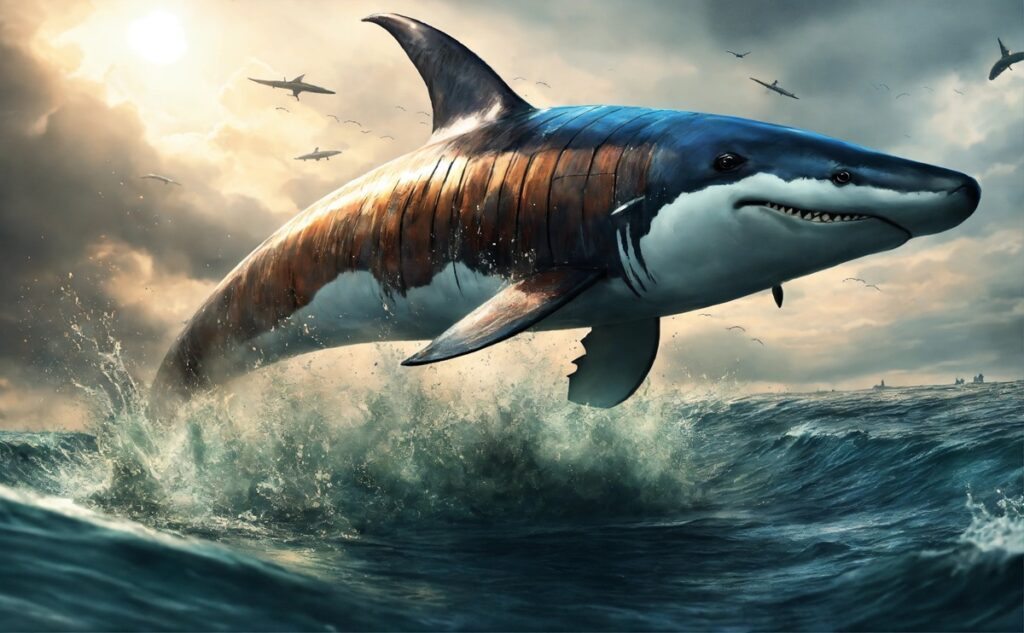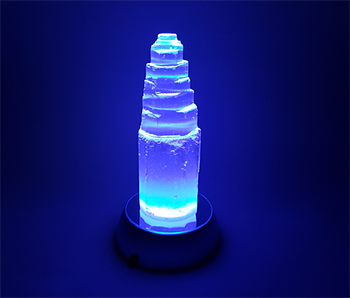The rhythmic dance of time has preserved in stone what once thrived in the ancient oceans of our planet. The Orthoceras fossil, a relic of the distant past, captures the imagination with its sleek, straight shell—an echo of a world that existed hundreds of millions of years ago. Whether you’re a fossil enthusiast, a collector, or simply someone with a curious mind, understanding the significance of Orthoceras and its place in history is a journey worth taking.
1. What is an Orthoceras Fossil?
An Orthoceras fossil is the preserved remains of an ancient marine animal known as a nautiloid cephalopod. These creatures roamed the oceans during the Ordovician to Triassic periods, approximately 485 to 200 million years ago. Orthoceras, meaning “straight horn,” is named for its long, conical shell, which is a defining characteristic of these extinct creatures. The significance of Orthoceras in paleontology lies in its contribution to our understanding of marine life during the Paleozoic era.
2. The Nautiloid Cephalopod: A Brief History
Nautiloid cephalopods, including Orthoceras, were among the earliest forms of complex marine life. These creatures were masters of their domain, using jet propulsion to navigate through the prehistoric oceans with ease. Over millions of years, they evolved and adapted to changing environmental conditions, leaving behind a rich fossil record that provides insight into their existence. The Orthoceras fossil, with its straight-shelled form, is a testament to the diversity and adaptability of nautiloid cephalopods during the Ordovician to Triassic periods.
3. The Anatomy of Orthoceras
Orthoceras is easily recognized by its orthoconic (straight) shell, which could grow to impressive lengths. The shell was divided into chambers, with the animal living in the last chamber. A tube-like structure called the siphuncle ran through these chambers, allowing the creature to regulate its buoyancy by controlling the gas and liquid within each chamber. This unique anatomy not only allowed Orthoceras to navigate the ocean depths but also played a crucial role in its survival over millions of years.
4. Habitat and Distribution
Orthoceras thrived in the prehistoric oceans that once covered much of the Earth’s surface. Fossils of Orthoceras have been discovered in various parts of the world, with significant deposits found in the Atlas Mountains of Morocco. These fossils are often embedded in limestone and are highly sought after by collectors for their aesthetic appeal and scientific value. The Atlas Mountains, a region rich in geological history, offers a window into the ancient marine environments where Orthoceras once lived.
5. The Ordovician to Devonian Periods
The Ordovician to Devonian periods were times of great diversity in marine life. Straight-shelled cephalopods like Orthoceras dominated the oceans, thriving in a variety of environments. However, changes in climate and ocean chemistry eventually led to the decline and extinction of many of these species. The fossil record from these periods provides a detailed account of the environmental conditions that influenced the evolution and eventual extinction of Orthoceras and other nautiloids.
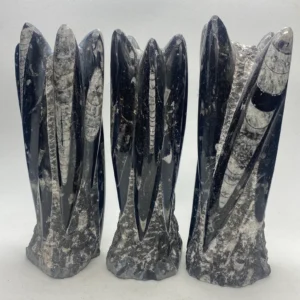
6. Fossilization Process
The transformation of an Orthoceras from a living marine animal to a fossilized remain is a fascinating process. After the creature’s death, its shell would settle on the ocean floor, where it could be buried by sediment. Over millions of years, minerals would infiltrate the shell, replacing the organic material and preserving its form in stone. The conditions for fossilization had to be just right—too much disturbance or exposure to the elements, and the remains could be lost to time.
7. Orthoceras Fossils in Modern Times
Today, Orthoceras fossils are not just valuable to scientists; they are also popular among collectors and artists. Fossil plates, where multiple Orthoceras fossils are displayed together, are often polished to highlight the intricate details of the shells. These polished fossils are used in jewelry, home decor, and even in the creation of furniture. The timeless beauty of Orthoceras makes it a prized possession for anyone interested in the natural history of our planet.
8. Why Collect Orthoceras Fossils?
Collecting Orthoceras fossils offers a unique connection to the ancient past. For scientists, these fossils provide crucial data for studying the evolution of marine life. For collectors, the aesthetic appeal of Orthoceras, with its sleek, straight shell and rich history, makes it a fascinating addition to any collection. Whether for scientific study or personal enjoyment, Orthoceras fossils offer a tangible link to a time when the Earth was a vastly different place.
9. Care and Maintenance of Fossil Collections
Proper care and maintenance are essential for preserving the beauty and integrity of fossil collections. When cleaning Orthoceras fossils, it’s important to use gentle methods to avoid damaging the delicate structure of the shell. Storing fossils in a stable environment, away from extreme temperatures and humidity, will help ensure they remain in pristine condition. Displaying your Orthoceras fossils can be a rewarding experience, but it’s important to consider both aesthetics and preservation in your display choices.
10. The Future of Paleontology
As technology advances, so too does our understanding of the past. New techniques in fossil analysis and imaging are opening up new possibilities for studying Orthoceras and other ancient creatures. The role of Orthoceras in ongoing research is significant, as it provides a window into the early evolution of cephalopods and the environmental changes that shaped their development. The future of paleontology promises to bring even more exciting discoveries as we continue to explore the rich history of life on Earth.
11. Conclusion
The Orthoceras fossil is more than just a relic of the past; it is a symbol of the enduring legacy of life on Earth. From its origins in the prehistoric oceans to its place in modern collections, Orthoceras tells a story of survival, adaptation, and the inexorable passage of time. Whether you’re a seasoned collector or new to the world of fossils, exploring the fascinating world of Orthoceras is an adventure that promises both knowledge and inspiration. So, why wait? Dive into the ancient seas and discover the treasures that lie hidden within the stone.
Ready to dive deeper into the world of fossils? Explore our collection and bring a piece of ancient history into your home today!

